Why scientists say we need to send clocks to the moon — soon
Sign up for CNN’s Wonder Theory science newsletter. Explore the universe with news on fascinating discoveries, scientific advancements and more.
Perhaps the greatest, mind-bending quirk of our universe is the inherent trouble with timekeeping: Seconds tick by ever so slightly faster atop a mountain than they do in the valleys of Earth.
For practical purposes, most people don’t have to worry about those differences.
But a renewed space race has the United States and its allies, as well as China, dashing to create permanent settlements on the moon, and that has brought the idiosyncrasies of time, once again, to the forefront.
On the lunar surface, a single Earth day would be roughly 56 microseconds shorter than on our home planet — a tiny number that can lead to significant inconsistencies over time.
NASA and its international partners are currently grappling with this conundrum.
Scientists aren’t just looking to create a new “time zone” on the moon, as some headlines have suggested, said Cheryl Gramling, the lunar position, navigation, and timing and standards lead at NASA’s Goddard Space Flight Center in Maryland. Rather, the space agency and its partners are looking to create an entirely new “time scale,” or system of measurement that accounts for that fact that seconds tick by faster on the moon, Gramling noted.
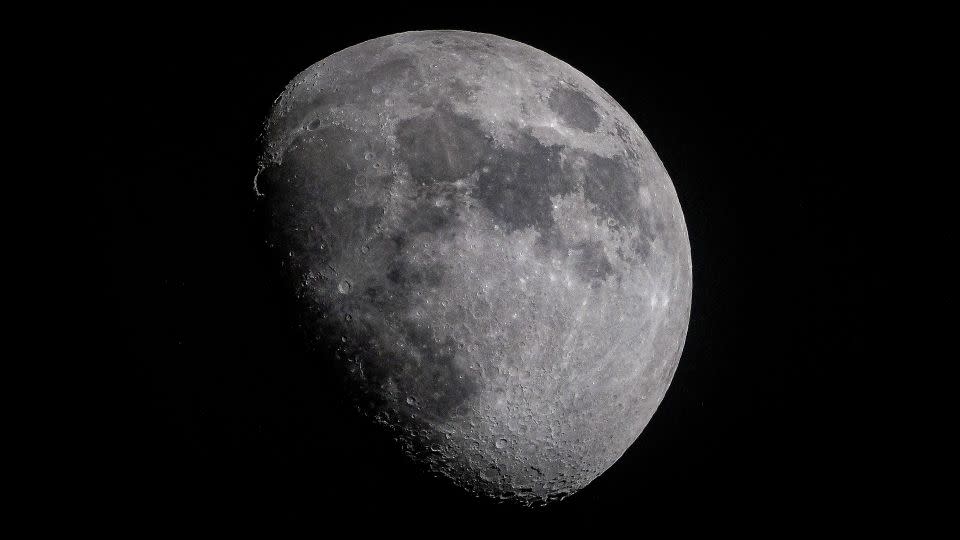
The agency’s goal is to work with international partners to set up a new method of tracking time, specifically for the moon, that space-faring nations agree to observe.
A recent memo from the White House also directed NASA to map out its plans for this new time scale by December 31, calling it “foundational” to renewed US efforts to explore the lunar surface. The memo also asks that NASA implement such a system by the end of 2026, the same year the space agency is aiming to return astronauts to the moon for the first time in five decades.
For the world’s timekeepers, the coming months could be crucial for figuring out how to accurately keep lunar time — and reach agreements on how, when and where to put clocks on the moon.
Such a framework will be crucial for humans visiting our closest celestial neighbor, Gramling told CNN.
Astronauts on the moon, for example, are going to leave their habitats to explore the surface and carry out science investigations, she said. They’re also going to be communicating with one another or driving their moon buggies while on the lunar surface.
“When they’re navigating relative to the moon,” Gramling said, “time needs to be relative to the moon.”
A brief history of Earth time
Simple sundials or stone formations, which track shadows as the sun passes overhead, mark a day’s progression just as the shifting phases of the moon can log the passing of a month on Earth. Those natural timekeepers have kept humans on schedule for millennia.
But perhaps since mechanical clocks gained traction in the early 14th century, clockmakers have grown ever more persnickety about precision.
Exacting the measurement of seconds also grew more complicated in the early 1900s, thanks to Albert Einstein, the German-born physicist who rocked the scientific community with his theories of special and general relativity.
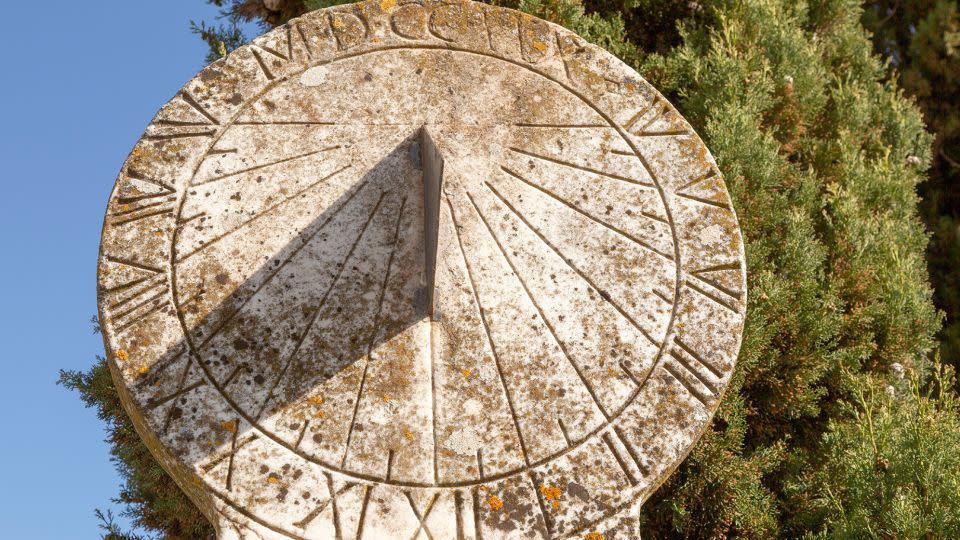
“Darn that Einstein guy — he came up with general relativity, and many strange things come out of it,” said Dr. Bruce Betts, chief scientist at The Planetary Society, a nonprofit space interest group. “One of them is that gravity slows time down.”
General relativity is complicated, but in broad terms, it’s a framework that explains how gravity affects space and time.
Imagine that our solar system is a piece of fabric suspended in the air. That fabric is space and time itself, which — under Einstein’s theories — are inextricably linked. And every celestial body within the solar system, from the sun to the planets, is like a heavy ball sitting atop the fabric. The heavier the ball, the deeper the divot it creates, warping space and time.
Even the idea of an earthly “second” is a humanmade concept that’s tricky to measure. And it was Einstein’s theory of general relativity that explained why time passes slightly more slowly at lower elevations — because gravity has a stronger effect closer to a massive object (such as our home planet).
Scientists have found a modern solution to all the complications of relativity for timekeeping on Earth: To account for imperceptible differences, they have set up a few hundred atomic clocks at various locations across the globe. Atomic clocks are ultra-precise instruments that use the vibration of atoms to measure the passage of time, and those clocks — in line with Einstein’s theories — tick slower the closer to Earth’s surface they sit.
The readings from atomic clocks around the world can be averaged for a broad but accurate as possible sense of time for planet Earth as a whole, giving us Coordinated Universal Time, or UTC. Still, occasionally “leap seconds” are factored in to keep UTC in line with slight changes in Earth’s speed of rotation.
This methodical keeping of time helps make the modern world go round — metaphorically speaking, said Kevin Coggins, deputy associate administrator and program manager for NASA’s Space Communications and Navigation Program.
“If you’ve researched time on the Earth, you realize it is the critical enabler for everything: the economy, food security, trading, the financial community, even oil exploration. They use precise clocks,” Coggins said. “It’s in everything that matters in modern society.”
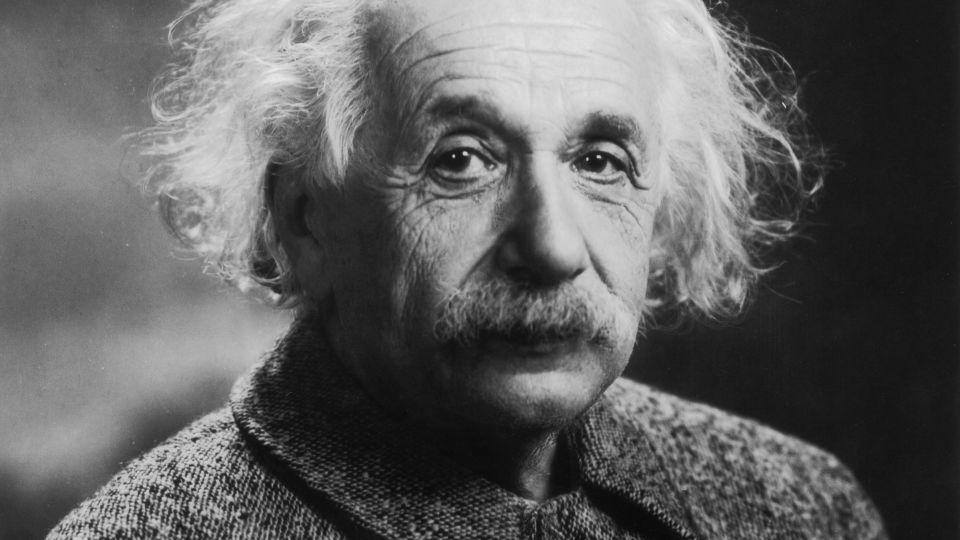
Space, time: The continual question
If time moves differently on the peaks of mountains than the shores of the ocean, you can imagine that things get even more bizarre the farther away from Earth you travel.
To add more complication: Time also passes slower the faster a person or spacecraft is moving, according to Einstein’s theory of special relativity.
Astronauts on the International Space Station, for example, are lucky, said Dr. Bijunath Patla, a theoretical physicist with the US National Institute of Standards and Technology, in a phone interview. Though the space station orbits about 200 miles (322 kilometers) above Earth’s surface, it also travels at high speeds — looping the planet 16 times per day — so the effects of relativity somewhat cancel each other out, Patla said. For that reason, astronauts on the orbiting laboratory can easily use Earth time to stay on schedule.
For other missions — it’s not so simple.
Fortunately, scientists already have decades of experience contending with the complexities.
Spacecraft, for example, are equipped with their own clocks called oscillators, Gramling said.
“They maintain their own time,” Gramling said. “And most of our operations for spacecraft — even spacecraft that are all the way out at Pluto, or the Kuiper Belt, like New Horizons — (rely on) ground stations that are back on Earth. So everything they’re doing has to correlate with UTC.”
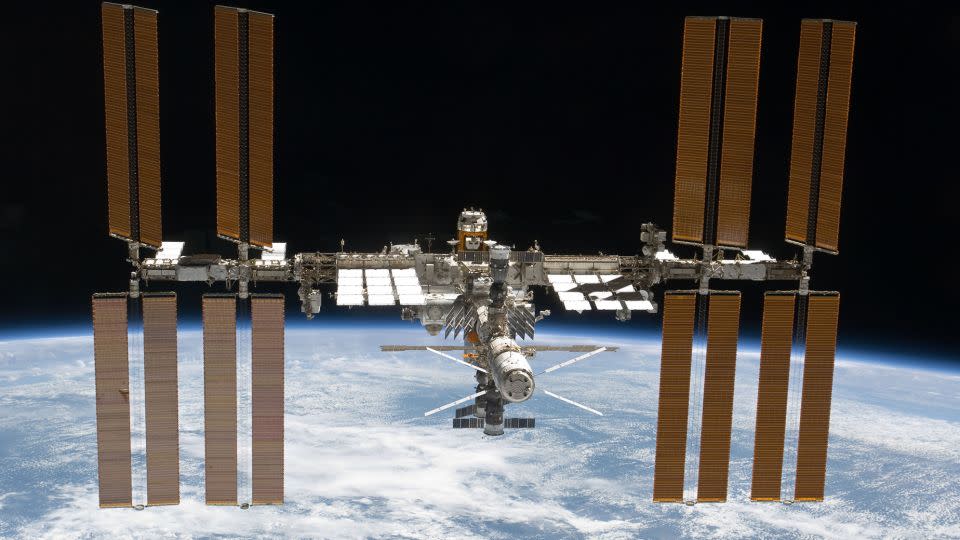
But those spacecraft also rely on their own kept time, Gramling said. Vehicles exploring deep into the solar system, for example, have to know — based on their own time scale — when they are approaching a planet in case the spacecraft needs to use that planetary body for navigational purposes, she added.
For 50 years, scientists have also been able to observe atomic clocks that are tucked aboard GPS satellites, which orbit Earth about 12,550 miles (20,200 kilometers) away — or about one-nineteenth the distance between our planet and the moon.
Studying those clocks has given scientists a great starting point to begin extrapolating further as they set out to establish a new time scale for the moon, Patla said.
“We can easily compare (GPS) clocks to clocks on the ground,” Patla said, adding that scientists have found a way to gently slow GPS clocks down, making them tick more in-line with Earth-bound clocks. “Obviously, it’s not as easy as it sounds, but it’s easier than making a mess.”
For the moon, however, scientists likely won’t seek to slow clocks down. They hope to accurately measure lunar time as it is — while also ensuring it can be related back to Earth time, according to Patla, who recently co-authored a paper detailing a framework for lunar time.
The study, for the record, also attempted to pinpoint exactly how far apart moon and Earth time are, as estimates have wavered between 56 and 59 microseconds per day.
Clocks on the moon’s equator would tick 56.02 microseconds faster per day than clocks at the Earth’s equator, according to the paper.
Lunar clockwork
What scientists know for certain is that they need to get precision timekeeping instruments to the moon.
Exactly who pays for lunar clocks, which type of clocks will go, and where they’ll be positioned are all questions that remain up in the air, Gramling said.
“We have to work all of this out,” she said. “I don’t think we know yet. I think it will be an amalgamation of several different things.”
Atomic clocks, Gramling noted, are great for long-term stability, and crystal oscillators have an advantage for short-term stability.
“You never trust one clock,” Gramling added. “And you never trust two clocks.”
Clocks of various types could be placed inside satellites that orbit the moon or perhaps at the precise locations on the lunar surface that astronauts will one day visit.
As for price, an atomic clock worthy of space travel could cost around a few million dollars, according Gramling, with crystal oscillators coming in substantially cheaper.
But, Patla said, you get what you pay for.
“The very cheap oscillators may be off by milliseconds or even 10s of milliseconds,” he added. “And that is important because for navigation purposes — we need to have the clocks synchronized to 10s of nanoseconds.”
A network of clocks on the moon could work in concert to inform the new lunar time scale, just as atomic clocks do for UTC on Earth.
(There will not, Gramling added, be different time zones on the moon. “There have been conversations about creating different zones, with the answer: ‘No,’” she said. “But that could change in the future.”)
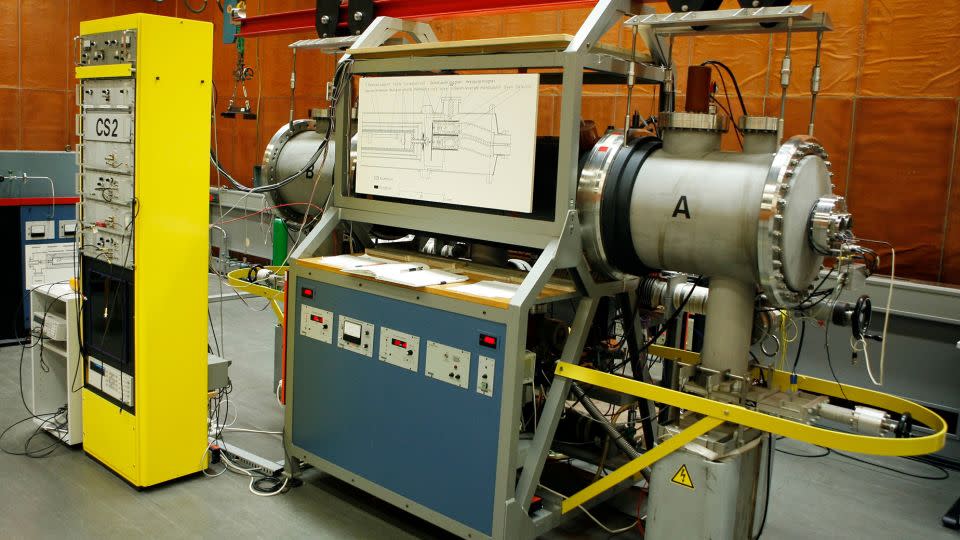
The new time scale would underpin an entire lunar network, which NASA and its allies have dubbed LunaNet.
“You can think of LunaNet like the internet — or the internet and a global navigation satellite system all combined,” Gramling said. It’s “a framework of standards that contributors to LunaNet (such as NASA or the European Space Agency) would follow.”
“And you can think of the contributors maybe as your internet service provider,” Gramling added.
Creating such a framework means bringing a lot of people across the world to the table. So far, Gramling said, conversations with US partners have been “very, very positive.”
It’s not clear whether NASA and its partners on this effort, which include the European Space Agency, will get a buy-in from nations that aren’t among US allies, such as China. Gramling noted those conversations would be held through international standard-setting bodies, such as the International Astronomical Union.
‘A whole different mindset’
Accurate clockwork is one matter. But how future astronauts living and working on the lunar surface will experience time is a different question entirely.
On Earth, our sense of one day is governed by the fact that the planet completes one rotation every 24 hours, giving most locations a consistent cycle of daylight and darkened nights. On the moon, however, the equator receives roughly 14 days of sunlight followed by 14 days of darkness.
“It’s just a very, very different concept” on the moon, Betts said. “And (NASA is) talking about landing astronauts in the very interesting south polar region (of the moon), where you have permanently lit and permanently shadowed areas. So, that’s a whole other set of confusion.”

“It’ll be challenging” for those astronauts, Betts added. “It’s so different than Earth, and it’s just a whole different mindset.”
That will be true no matter what time is displayed on the astronauts’ watches.
Still, precision timekeeping matters — not just for the sake of scientifically understanding the passage of time on the moon but also for setting up all the infrastructure necessary to carry out missions.
The beauty of creating a time scale from scratch, Gramling said, is that scientists can take everything they have learned about timekeeping on Earth and apply it to a new system on the moon.
And if scientists can get it right on the moon, she added, they can get it right later down the road if NASA fulfills its goal of sending astronauts deeper into the solar system.
“We are very much looking at executing this on the moon, learning what we can learn,” Gramling said, “so that we are prepared to do the same thing on Mars or other future bodies.”
For more CNN news and newsletters create an account at CNN.com


